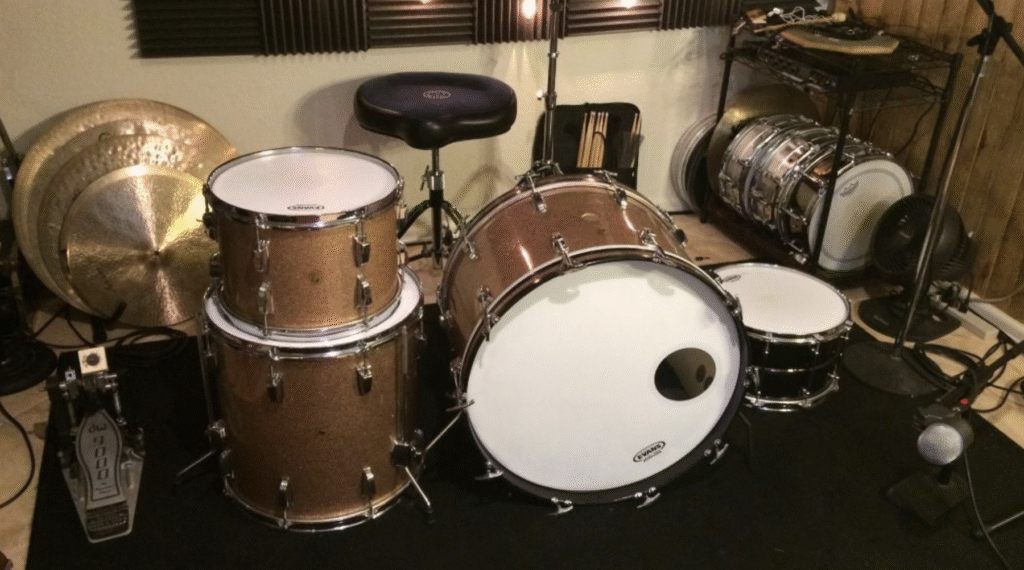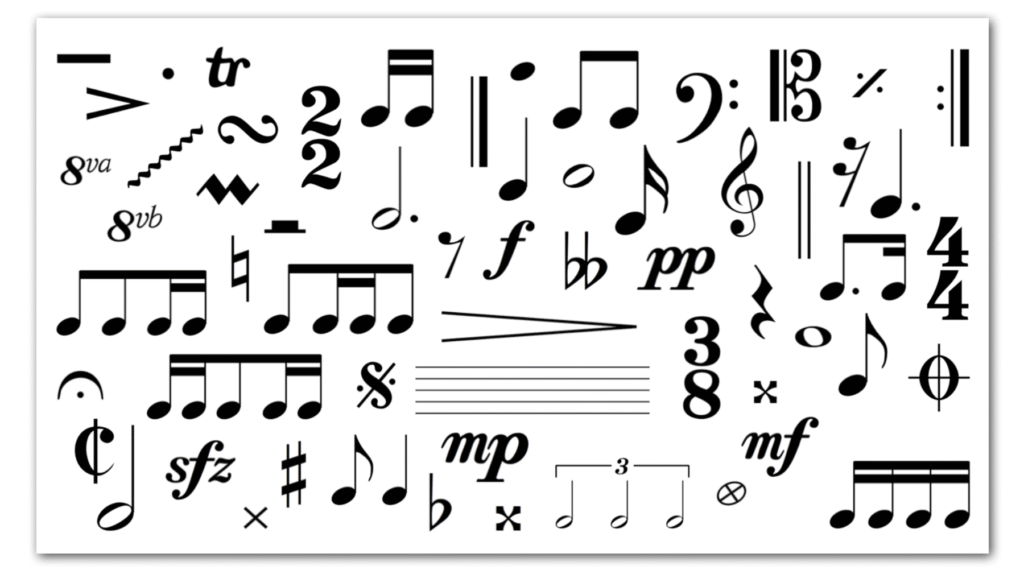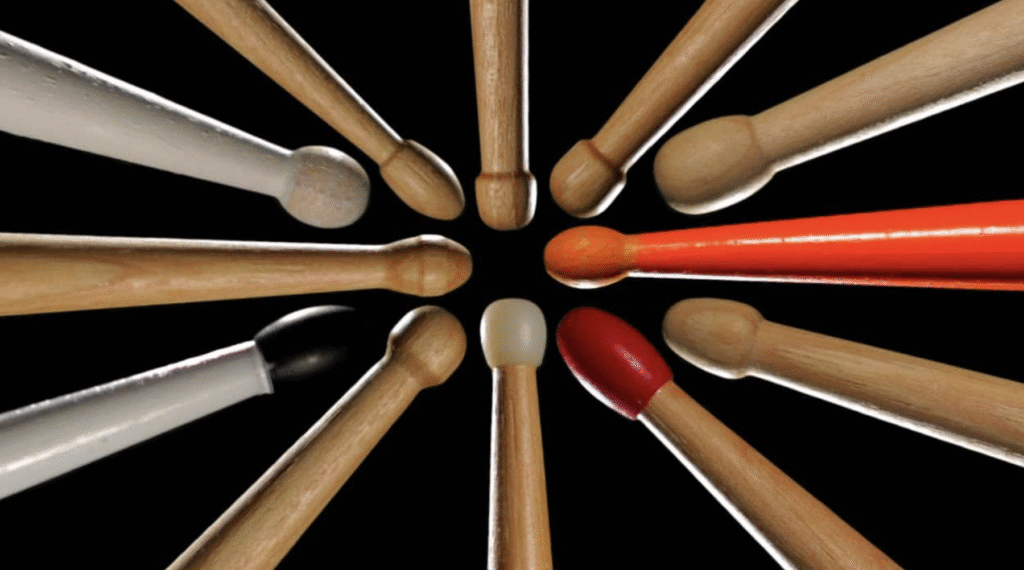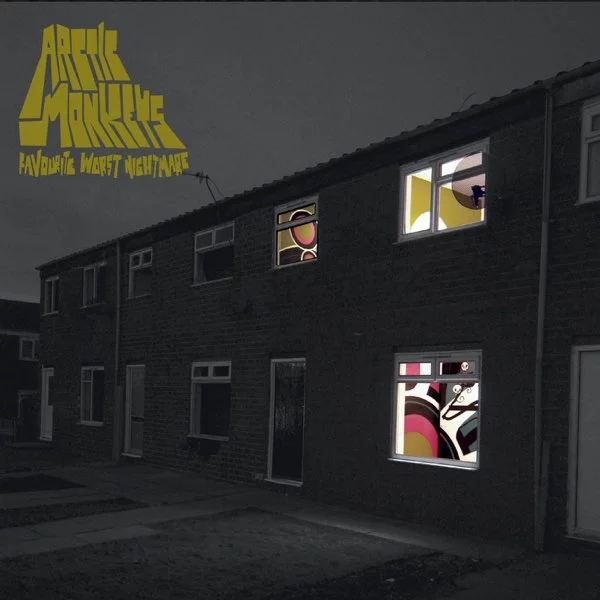A Beginner’s Guide to Buying a Drum Kit
A beginner’s guide to buying a drum kit is essential for new drummers eager to start their musical journey. Choosing the right setup from the start can make learning easier, and more rewarding. It can also help avoid having to buy unforeseen extras.
Before making a purchase, it’s important to understand the basic components and options available. This guide will help you navigate the drum kit market confidently and clearly.
Know What’s in a Drum Kit
A typical beginner drum kit includes a bass drum, snare drum, two or three toms, a hi-hat, and at least one cymbal.
Some kits also come with a stool (or drum throne), pedals, and sticks. This makes it easier to get started right away.
A standard drum kit is a 5-Piece. This refers to the 5 drums: Bass, snare, and three toms. A standard kit will also come with a Hi Hat stand and cymbals and at least one other cymbal- usually a Crash/ Ride. Some Intermediate level drum kits come without cymbals.
However, not all kits are created equal. Some cheaper kits might lack sturdy hardware or quality cymbals. Therefore, it’s wise to research before committing.
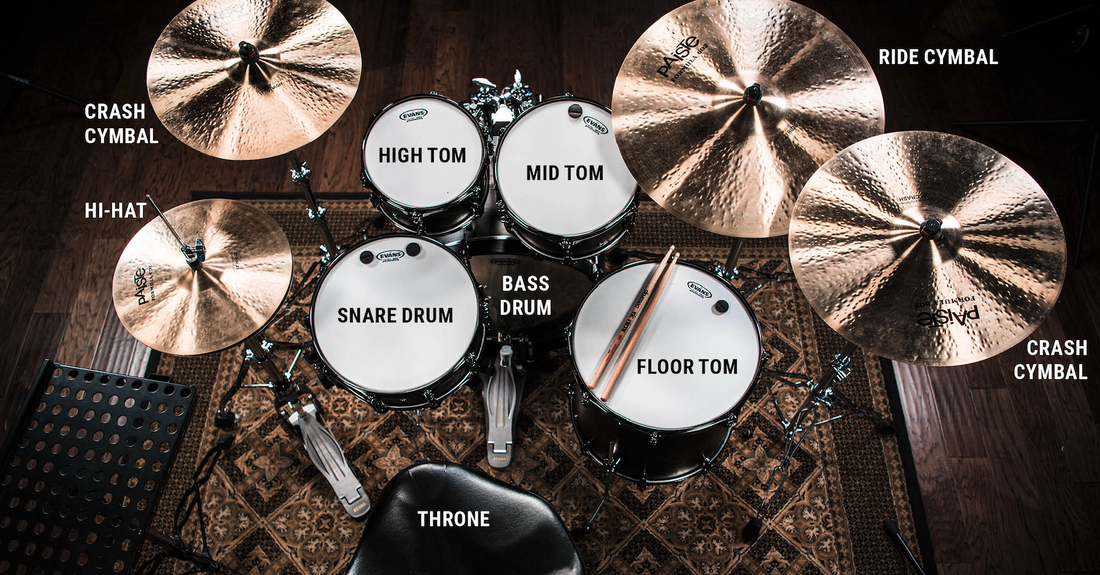
Acoustic or Electronic?
One of the first big decisions is whether to choose an acoustic or electronic drum kit.
Acoustic kits offer a traditional playing feel and dynamic sound. They’re ideal for expressive playing and live performance. However, they can be loud—something to consider if you live in an apartment or shared space.
Electronic kits, on the other hand, allow for quiet practice using headphones. Many also feature built-in coaching functions, metronomes, and different sound banks. While they don’t replicate the exact feel of acoustic drums, they’re perfect for learning and practicing.
As a result, many beginners start with electronic kits for convenience and upgrade later.

Set a Realistic Budget
Drum kits vary greatly in price. Fortunately, beginner kits can be quite affordable. Expect to spend anywhere from £300 to £800 for a decent entry-level setup.
Remember to factor in accessories like drumsticks, a throne, headphones (for electronic kits), and perhaps even lessons.
Spending a bit more upfront can save you money long-term by avoiding the need for immediate upgrades.
Consider the Space You Have
Before buying a kit, measure the space where you’ll play.
Acoustic kits need more room and may not be practical in small apartments. Electronic kits are more compact and easier to fit into tighter spaces.
Also, consider soundproofing or noise reduction. Practice pads or mesh heads help reduce volume on acoustic kits. For electronic kits, rubber or mesh pads make a big difference in playing noise.
New vs. Used
Buying a used drum kit can be a smart move for beginners on a budget. You might find quality gear at a fraction of the cost. However, inspect used kits carefully. Check for damaged drum heads, rusted hardware, and broken pedals.
If you’re unsure what to look for, bring an experienced friend or teacher with you.
Alternatively, buying new gives peace of mind, warranties, and often better customer support. It all depends on your comfort level and goals.
Choose the Right Brand
Brands like Yamaha, Pearl, Tama, and Ludwig offer reliable beginner kits.
For electronic kits, Roland and Alesis are two popular choices known for great sounds and durable design.
While the brand isn’t everything, sticking with reputable names ensures quality and easier access to parts and upgrades.
Don’t Forget the Extras
A drum kit alone won’t make you a drummer—you also need some essential extras:
-
Drumsticks: Start with 5A sticks for a balanced feel.
-
Metronome: This helps keep your timing tight.
-
Drum throne: A comfortable seat makes long practice sessions easier.
-
Practice pad: Great for quiet practice and building stick control.
With these tools, you’ll be ready to grow as a drummer right from day one.
Try Before You Buy
If possible, test out different kits in a music store. Even if you plan to buy online, it’s helpful to hear and feel the differences in person.
Also, staff can offer useful advice based on your skill level and musical taste.
Trying before buying helps prevent surprises and ensures the kit suits your needs.
Take Lessons or Use Online Resources
Buying a drum kit is only the first step. To really improve, you’ll need guidance.
Consider private lessons, group classes, or online courses. Our partner Kiwidrummer.com offers online drum lessons.
Learning the right way from the start makes a huge difference. You’ll avoid bad habits and stay motivated.
Final Thoughts
Buying your first drum kit is an exciting step in your musical journey. By taking the time to research, compare options, and consider your needs, you’ll find a kit that suits your goals and lifestyle.
This beginner’s guide to buying a drum kit has hopefully made the process feel easier and more fun.
Whether you go acoustic or electronic, new or used, the most important thing is to start playing and enjoy the ride.
Let your drumming adventure begin!


